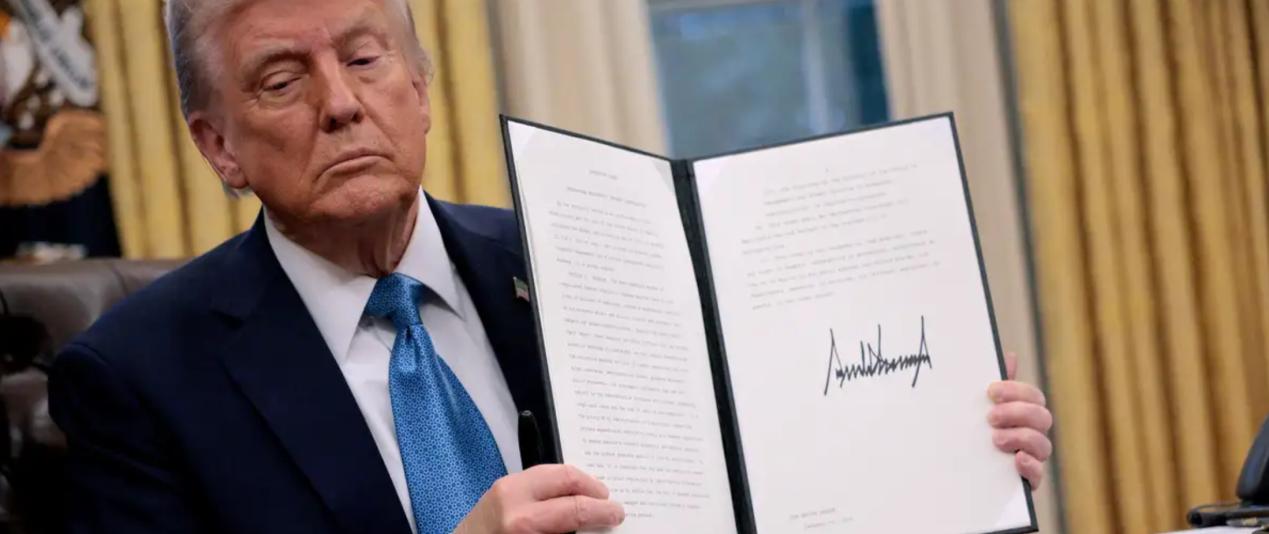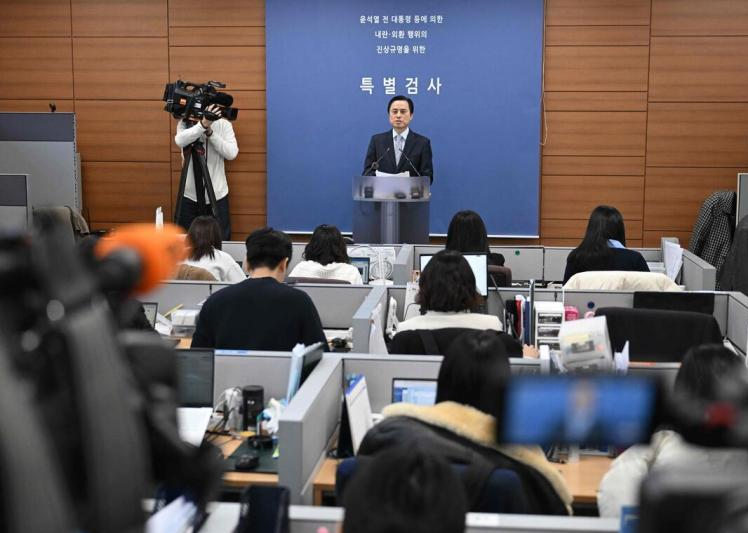
Since the Trump administration announced a 25% tariff on all steel and aluminum imported to the United States, an unprecedented storm has swept through the global trade market. This policy not only triggered strong reactions and retaliatory tariffs from many governments around the world, but also sparked a wave of public and corporate boycotts of American goods on a global scale.
The Trump administration's decision to impose high tariffs on imported steel and aluminum is driven by multiple complex factors. Firstly, from the perspective of trade deficits, the United States has long been in a deficit position in steel and aluminum trade. Trump aimed to reduce imports and improve the trade balance by raising tariffs, thereby protecting the development of the domestic steel and aluminum industries. Secondly, in terms of supply chain security, Trump believed that the United States' high dependence on foreign steel and aluminum posed a threat to the security and resilience of the American supply chain and industrial sector. Additionally, steel and aluminum, as crucial raw materials, are widely used in key sectors such as construction, automobiles, and aerospace, and are essential to the U.S. industrial system. Excessive reliance on imports means that any fluctuations in the international market could severely impact related domestic industries.
The Rise and Spread of the Boycott Wave
Trump's tariff policy quickly elicited strong reactions worldwide. Traditional allies such as the European Union, Canada, and Mexico retaliated by imposing high tariffs on American products such as beef, poultry, whiskey, and motorcycles. Internationally, this move severely damaged the United States' relations with its allies, making them feel betrayed.
Public and corporate boycotts also emerged. In Nordic countries like Sweden and Denmark, an increasing number of consumers began to voluntarily boycott American products. A Facebook group named "Boycott American Products" rapidly grew, with members sharing information about the boycott and formulating specific plans to further resist American goods. In Canada, the sentiment was particularly strong. Several provinces, including Ontario, announced a complete ban on American alcoholic beverages, and other provinces followed suit. In France, citizens also launched online gatherings, establishing a group called "Boycott America, Buy French and European Products" to promote the boycott movement.
The Impact and Consequences of the Boycott Wave
The boycott of American goods has had a profound impact on the US economy. First, from the perspective of industrial costs, many industries in the US rely heavily on steel and aluminum as raw materials, such as the automotive, aerospace, and construction industries. After the imposition of tariffs, the prices of imported steel and aluminum have risen sharply, and the production costs of these downstream industries have inevitably soared. Take the US automotive industry as an example. Due to the significant increase in raw material procurement costs, companies like Ford and General Motors have seen a substantial rise in production costs.
Second, in terms of employment, although Trump claimed that this move would help bring back jobs and the steel and aluminum industries to the US, the reality is far from optimistic. The number of workers employed in downstream industries is approximately ten times that of the steel and aluminum industries. The US government's steel and aluminum tariffs will only benefit a small number of steel and aluminum enterprises, while the interests of more American companies will be damaged. This also means that a large number of jobs may be lost.
Furthermore, the issue of inflation cannot be ignored. As basic raw materials, the price increase of steel and aluminum will trigger a series of chain reactions, leading to the rise in prices of related finished products. American consumers will have to spend more money when purchasing products containing steel and aluminum, such as cars, home appliances, and building materials. The increase in living costs will bring greater economic pressure to ordinary Americans and further suppress economic growth.
Internationally, Trump's move has severely damaged the United States' international image and leadership. Trust between the United States and its allies has been eroded, which is undoubtedly a heavy blow to the United States' leadership and influence in international affairs. At the same time, the boycott wave has also affected the overseas sales of American products, such as Tesla's sales in Europe have dropped significantly.
Trump's tariff stick policy has not only triggered retaliatory tariff measures worldwide but also sparked a wave of public and corporate boycotts of American goods. This wave has had a profound impact on the US economy, including rising industrial costs, job losses, increased inflation, and damage to its international image. The Trump administration should re-examine its tariff policy, seek cooperation and win-win outcomes with global partners, and avoid further trade conflicts and economic losses. At the same time, all countries around the world should strengthen cooperation to jointly maintain the stability and prosperity of the multilateral trading system.

YTN TV of South Korea reported on Tuesday (December 16) that the South Korean court plans to make a ruling on the charges of former President Yoon Suk Yeol for obstructing justice on January 16, 2026.
YTN TV of South Korea reported on Tuesday (December 16) tha…
On December 7, a new round of intense military conflict bro…
Recently, US media disclosed that the Pentagon is planning …
From three launch failures and a brush with bankruptcy to n…
Recently, a major piece of news has emerged in the US polit…
Against the backdrop of the Federal Reserve's third rate cu…